Microplastics have become one of the most pervasive pollutants on our planet. These tiny plastic particles, measuring less than 5 millimetres in size, are found in our air, water systems, and even in the food chains around the world. While the prevalence of microplastics in the environment is well-known, their potential health impacts on mammals, including humans, have been largely understudied. Recent research has shed light on the infiltration of microplastics into the body and its association with behavioural changes and inflammatory responses. This article delves into the findings of various studies on microplastics and highlights the need for greater understanding and action to address this urgent environmental concern.
Microplastics awareness is low in Malta
In 2023 survey conducted by the NSO for World Environment day only 49% of people in Malta had heard of the term microplastics [5], despite worldwide reports that in general we ingest up to 52,000 particles a year.
The same survey also found that 79% of of Malta's population regularly purchase plastic bottles, Malta ranks 3rd in the world for per capita consumption of plastic bottles.
The Widespread Infiltration of Microplastics
Research conducted by Professor Jaime Ross and her team at the University of Rhode Island has revealed that microplastics infiltrate the body as extensively as they do the environment. In their study, young and old mice were exposed to varying levels of microplastics in drinking water over a three-week period. The results were striking, as behavioural changes were observed, particularly in older test subjects. These changes resembled symptoms associated with dementia in humans. The study also found that microplastic exposure led to alterations in immune markers in liver and brain tissues.
To understand the extent of microplastic infiltration, Ross' team dissected major tissues, including the brain, liver, kidney, gastrointestinal tract, heart, spleen, and lungs. The researchers discovered that particles had accumulated in every organ, including the brain, indicating that microplastics were able to cross the blood-brain barrier and penetrate deep into brain tissue. This infiltration into the brain tissue may also result in a decrease in glial fibrillary acidic protein (GFAP), which is associated with early stages of neurodegenerative diseases such as Alzheimer's . Further investigations are underway to explore the biological consequences of microplastic exposure and its potential links to neurological disorders. [1]

Microplastics in Malta's Coastal Waters
While global research on microplastics is gaining momentum, awareness about the dangers of microplastics in Malta is still limited. However, studies focusing on microplastic accumulation in coastal waters have brought attention to the issue. The 'Deep SEE' research project conducted in Malta aimed to examine microplastic presence in the water column near the Maltese shores. Microplastics, which are plastic fragments smaller than 5mm, can originate from waste released into the environment or degrade within marine ecosystems.
The study utilized a Manta net, a small and manageable net designed to sample microplastics in the first few centimetres of the water column. The researchers adapted the methodology to collect samples from different depths, including 6m and 10m. The results revealed a concerning trend, with certain polymers showing five to fourteen times greater amounts of microplastics compared to surface pollution. This suggests a need for a better understanding of the behaviour and nature of microplastics in the environment, considering factors such as salinity, buoyancy, and plastic density. [2]
The Link Between Microplastics and Human Health
While the impact of microplastics on marine organisms is well-documented, the potential health effects on humans are still being explored. Recent studies suggest a link between chronic gut issues and microplastics, particularly in relation to inflammatory bowel disease (IBD). Researchers in China found that individuals with IBD had significantly higher concentrations of microplastics compared to healthy individuals. This raises concerns about the role of microplastics in the development and exacerbation of gut-related diseases.[3]
Furthermore, a study conducted by a team from Arizona State University found traces of common plastic substances, such as polycarbonate (PC), polyethylene terephthalate (PET), and polyethylene (PE), in various human organs, including lungs, liver, spleen, and kidneys. The presence of bisphenol A (BPA), a material used in food containers, was also detected. These findings suggest that microplastics have the potential to accumulate in human tissues and organs, highlighting the need for further research on their long-term health effects.[4]
Preventing Microplastic Ingestion through Water Filtration
Drinking water is one potential source of microplastic ingestion. Both bottled and tap water can contain microplastics, making it essential to take proactive measures to reduce their presence. Using a water filter that effectively removes microplastics is a practical solution. Water filters with a pore size on the micrometer scale, less than 5 microns, can physically remove most microplastics from water. Activated carbon block filters, with a particle size of less than 0.18 mm (or 1.8 microns), are particularly effective in removing microplastics.
In Malta, the TAPP Water EcoPro and TAPP Water EcoPro Compact are water filter systems that utilize activated carbon block filters to remove microplastics, along with over 100 other contaminants, from drinking water. These filters are easy to install and require minimal maintenance. By using a water filter, individuals can reduce their exposure to microplastics while also contributing to the reduction of plastic waste generated by single-use bottled water.
New EU laws to restrict the use of microplastics
The EU commission is already committed to reducing microplastics by 30% by 2030 and recently announced new rules coming in to restrict the intentional use of microplastics in use on sports surfaces, in cosmetics manufacture and detergents, fabric softeners, glitter, toys, medicines and medical devices.
Currently the ban is on the sale of loose glitter and microbeads which is now in force.[7]
Conclusion
Microplastics have become a pervasive environmental pollutant, infiltrating our air, water systems, and even our bodies. Recent research has highlighted the potential health risks associated with microplastic exposure, including behavioural changes and inflammatory responses. Studies conducted in Malta have also shed light on the presence of microplastics in coastal waters, emphasizing the need for greater awareness and action.
Preventing microplastic ingestion through water filtration is a practical step individuals can take to reduce their exposure. Water filters, such as the TAPP Water EcoPro and TAPP Water EcoPro Compact, effectively remove microplastics from drinking water, ensuring a safer and cleaner water source. By making conscious choices to reduce microplastic consumption and advocating for sustainable solutions, we can contribute to a healthier environment and protect our health for generations to come.
References:
1. Microplastics infiltrate all systems of body, cause behavioral changes
2. Substantially higher concentration of microplastics in Maltese waters
3. Inflammatory bowel disease linked to microplastics in your gut
4. Scientists find microplastics inside human organs
5. Less Than Half Of Maltese Population Are Aware Of Microplastics, NSO Survey Reveals

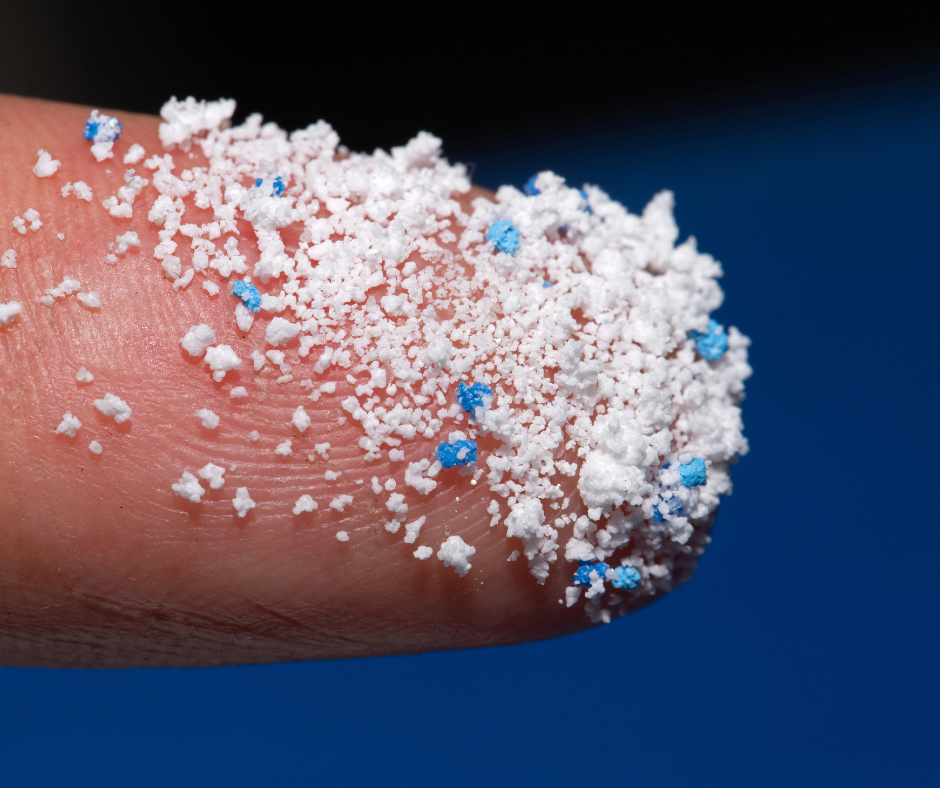


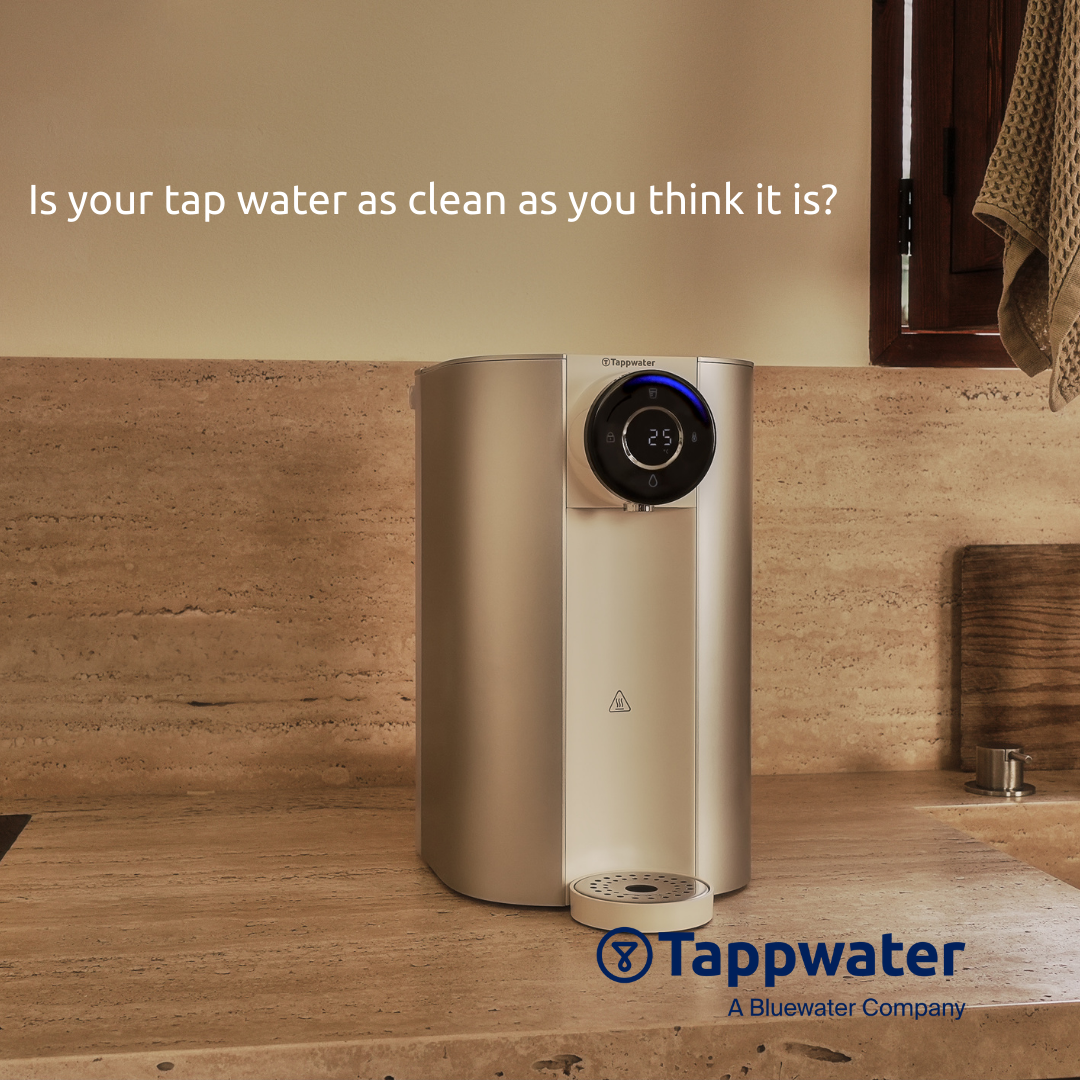

![[WATCH] Malta's Tap Water Challenge: The Tappwater Solution. A Look at the Science, the Tests, and the Deliciously Clean Results.](http://tappwater.mt/cdn/shop/articles/Why_We_lab_tested_maltas_water_Sqaure.png?v=1756738451&width=1080)
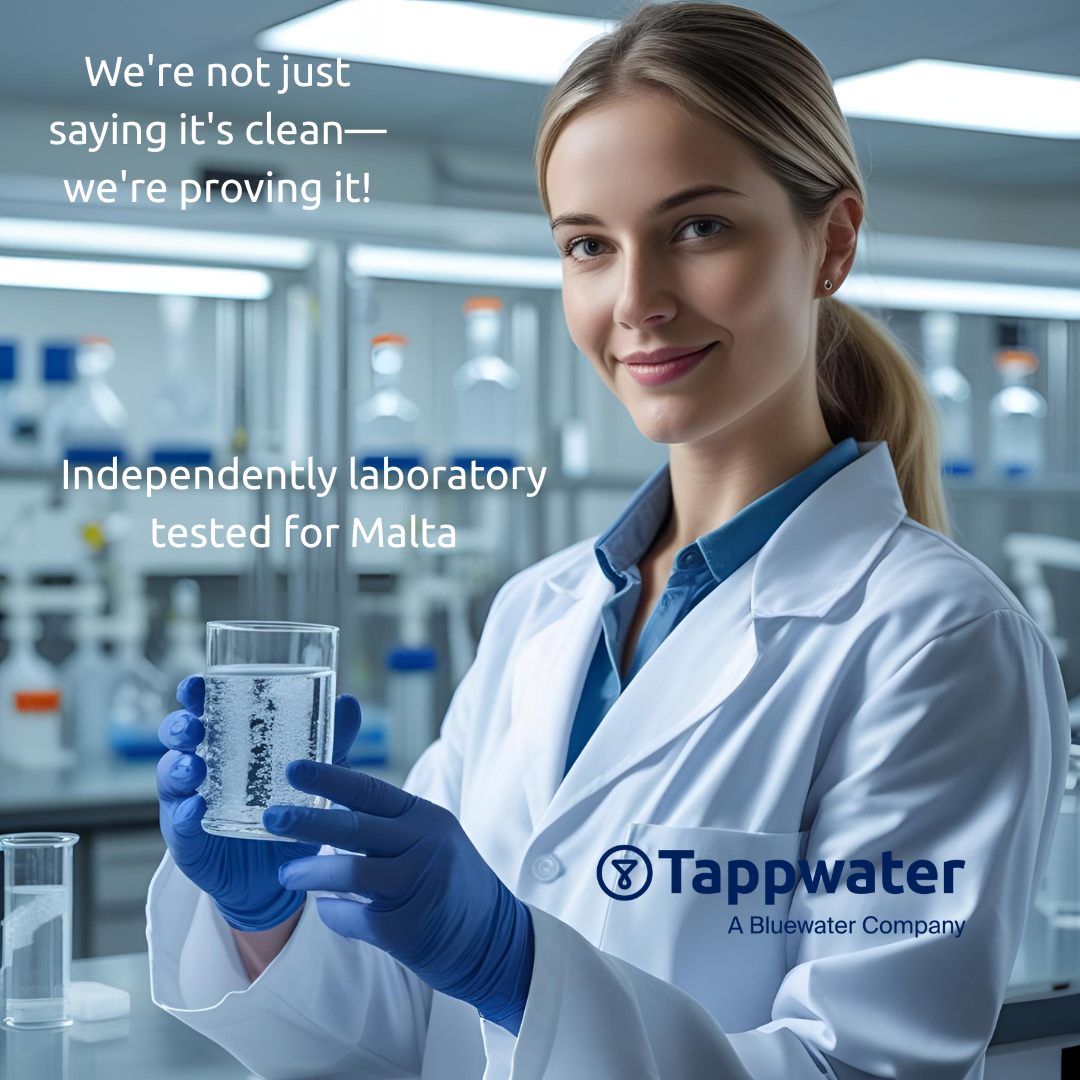
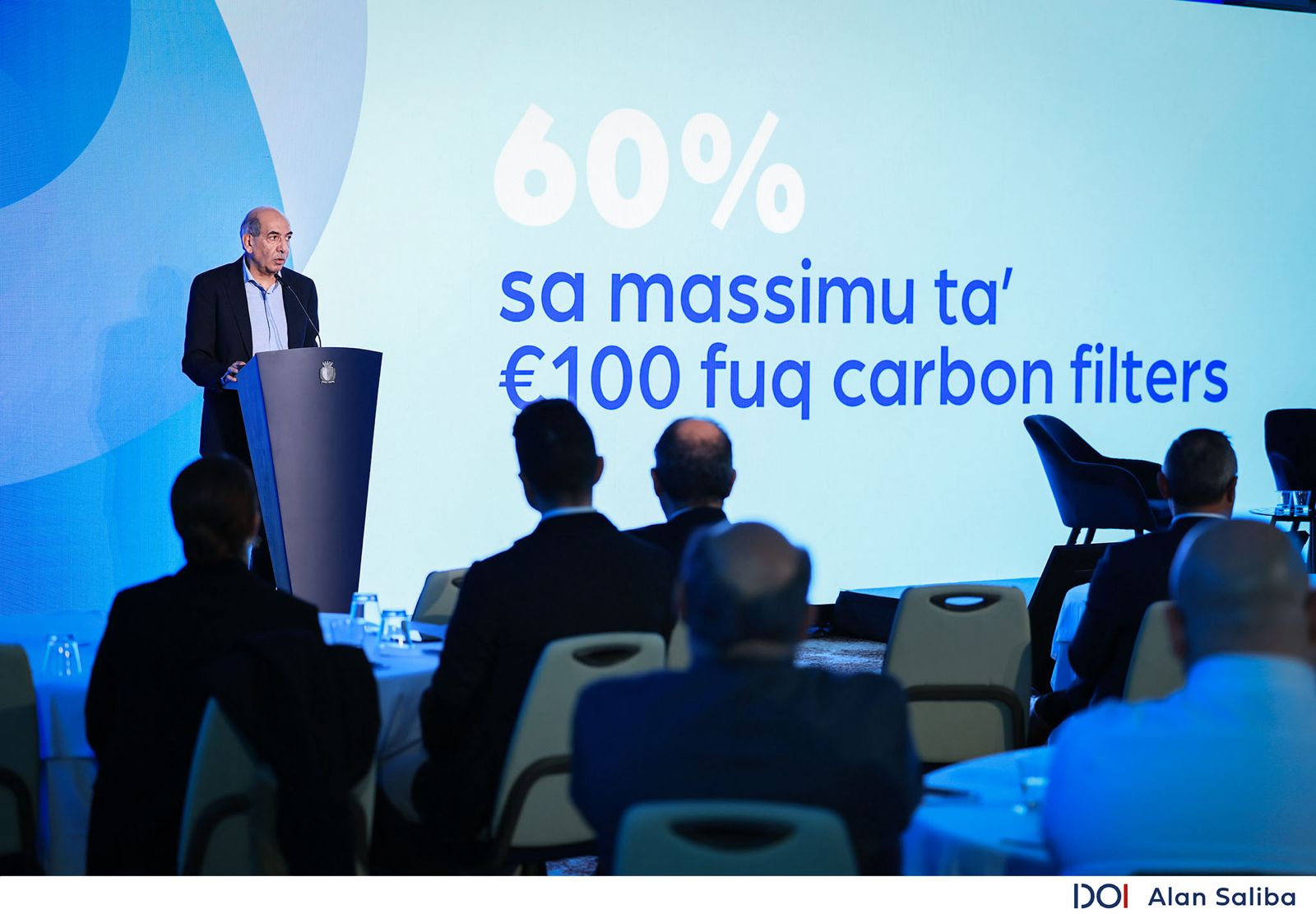
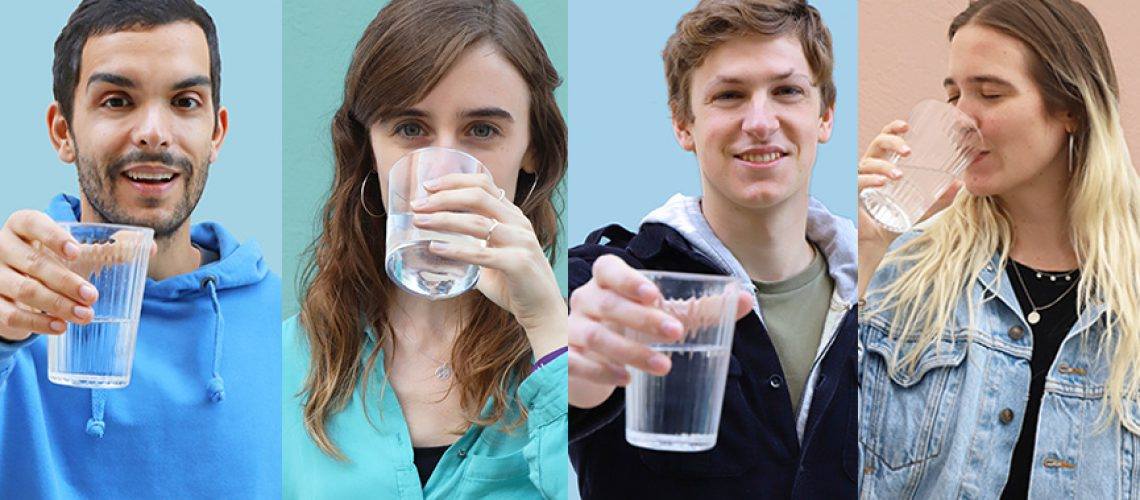
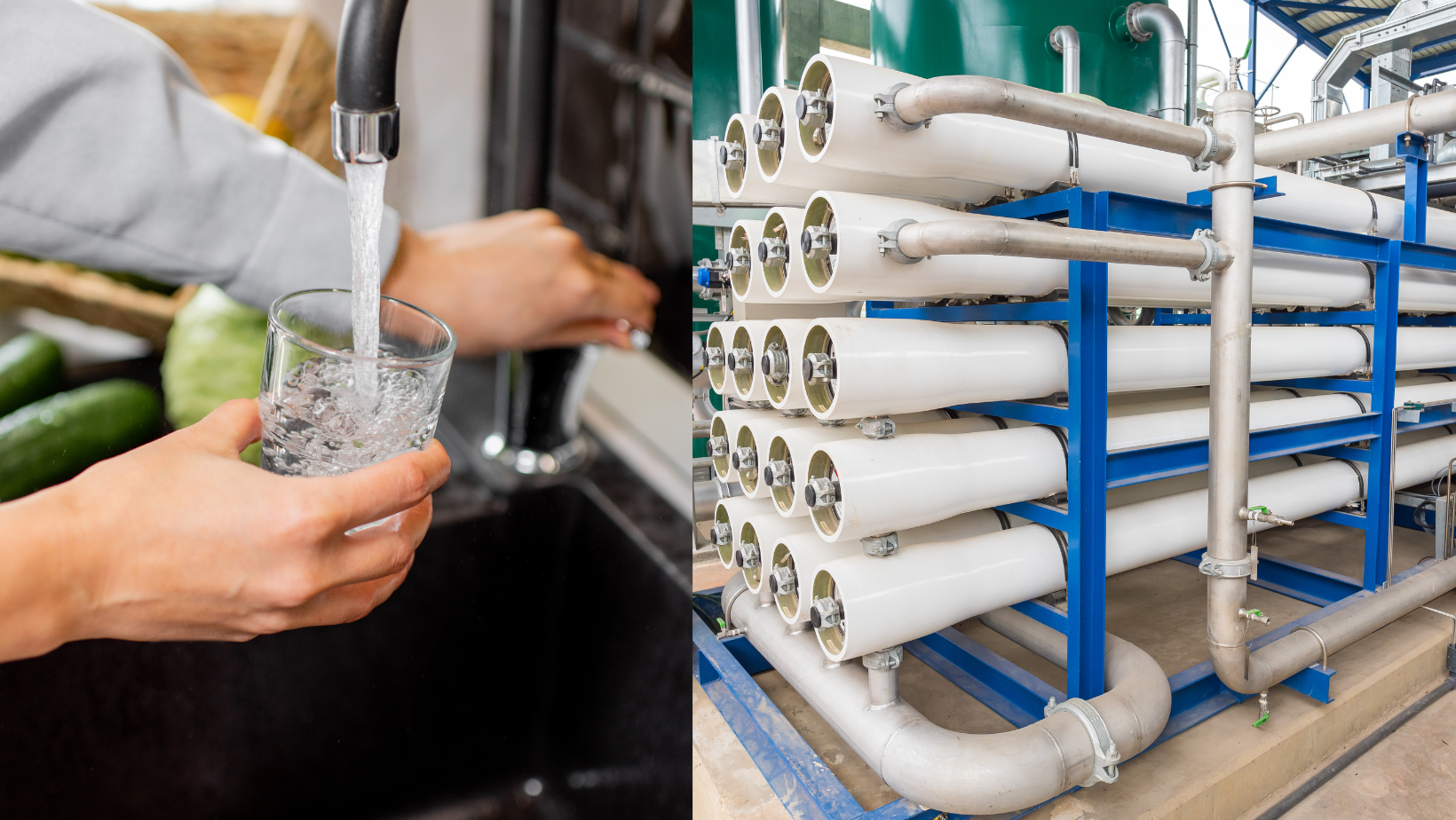
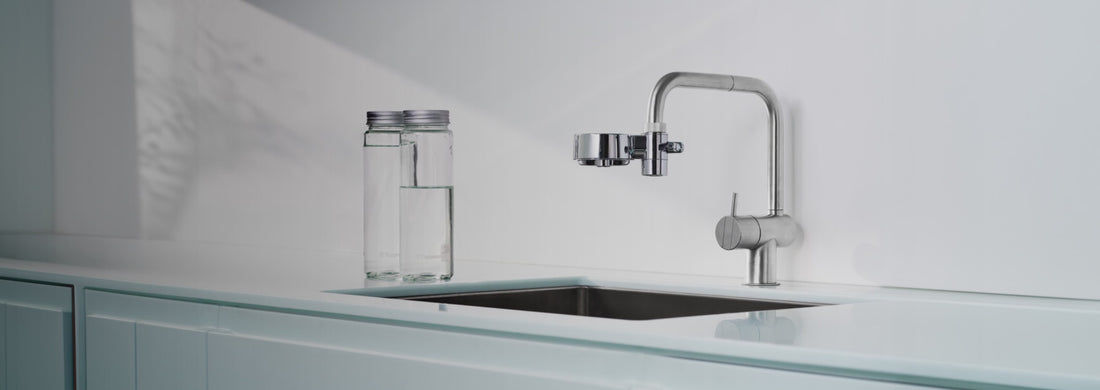

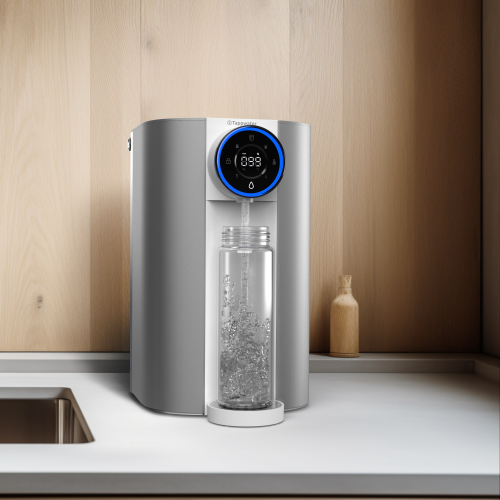
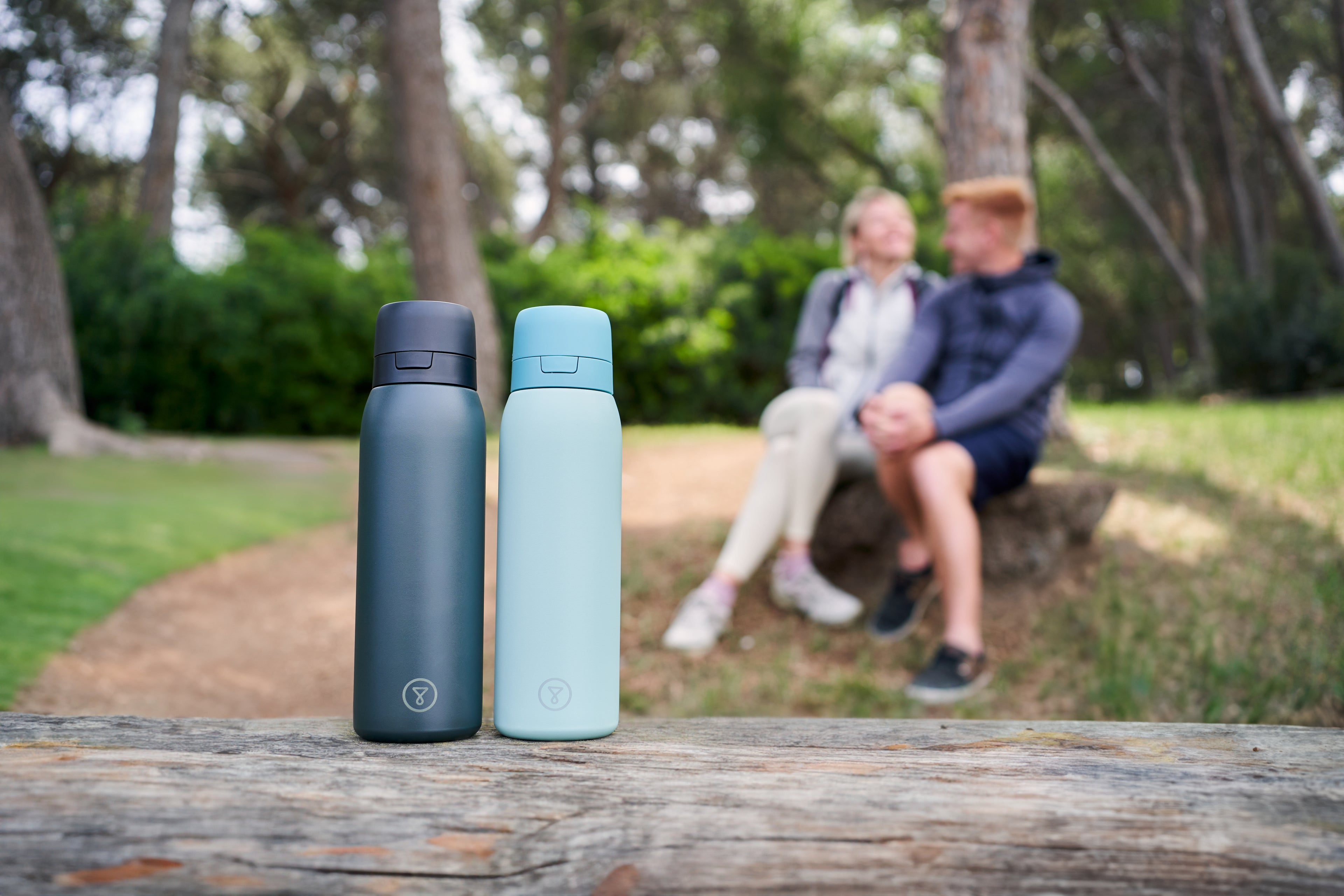
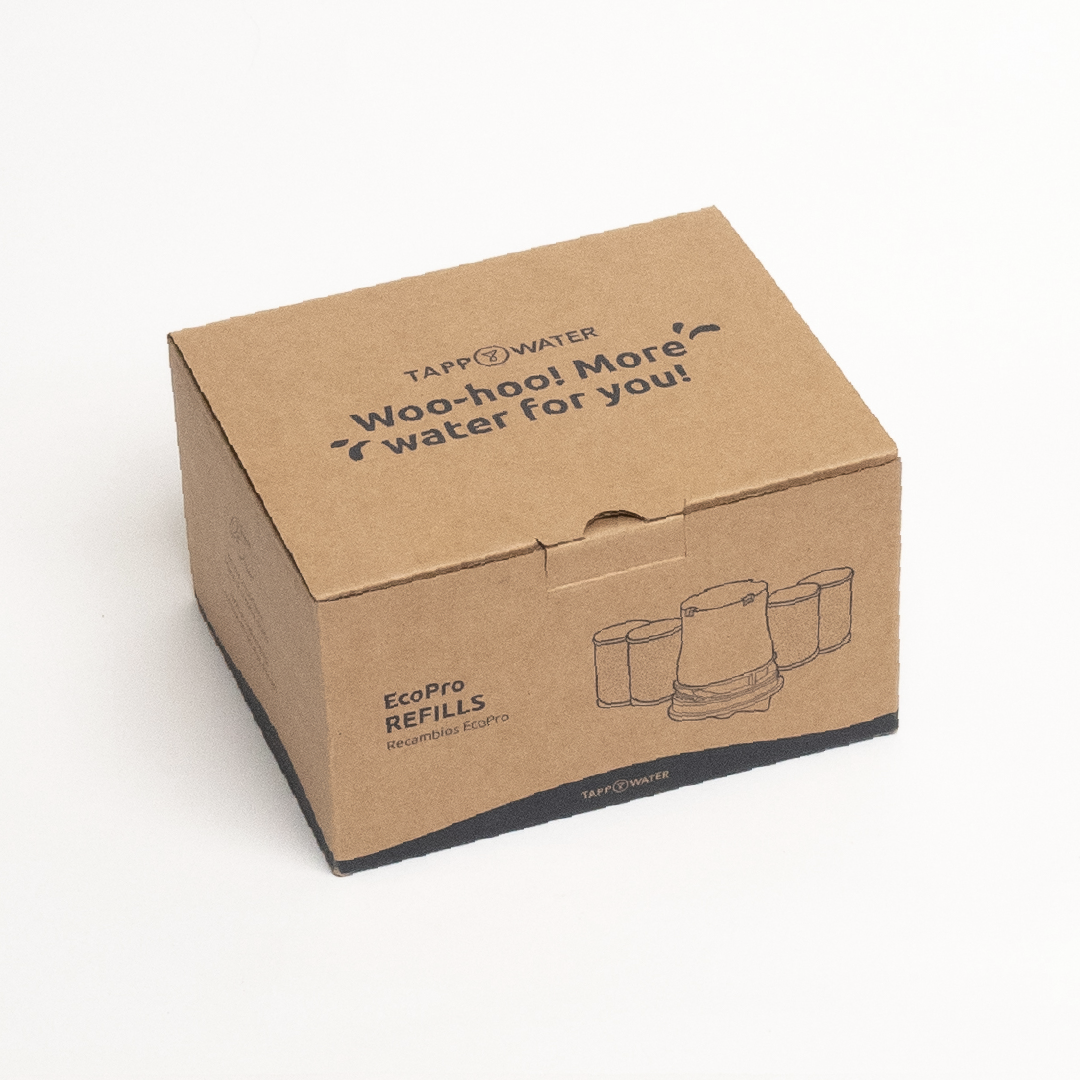
1 comment
Thank you. This is very interesting.